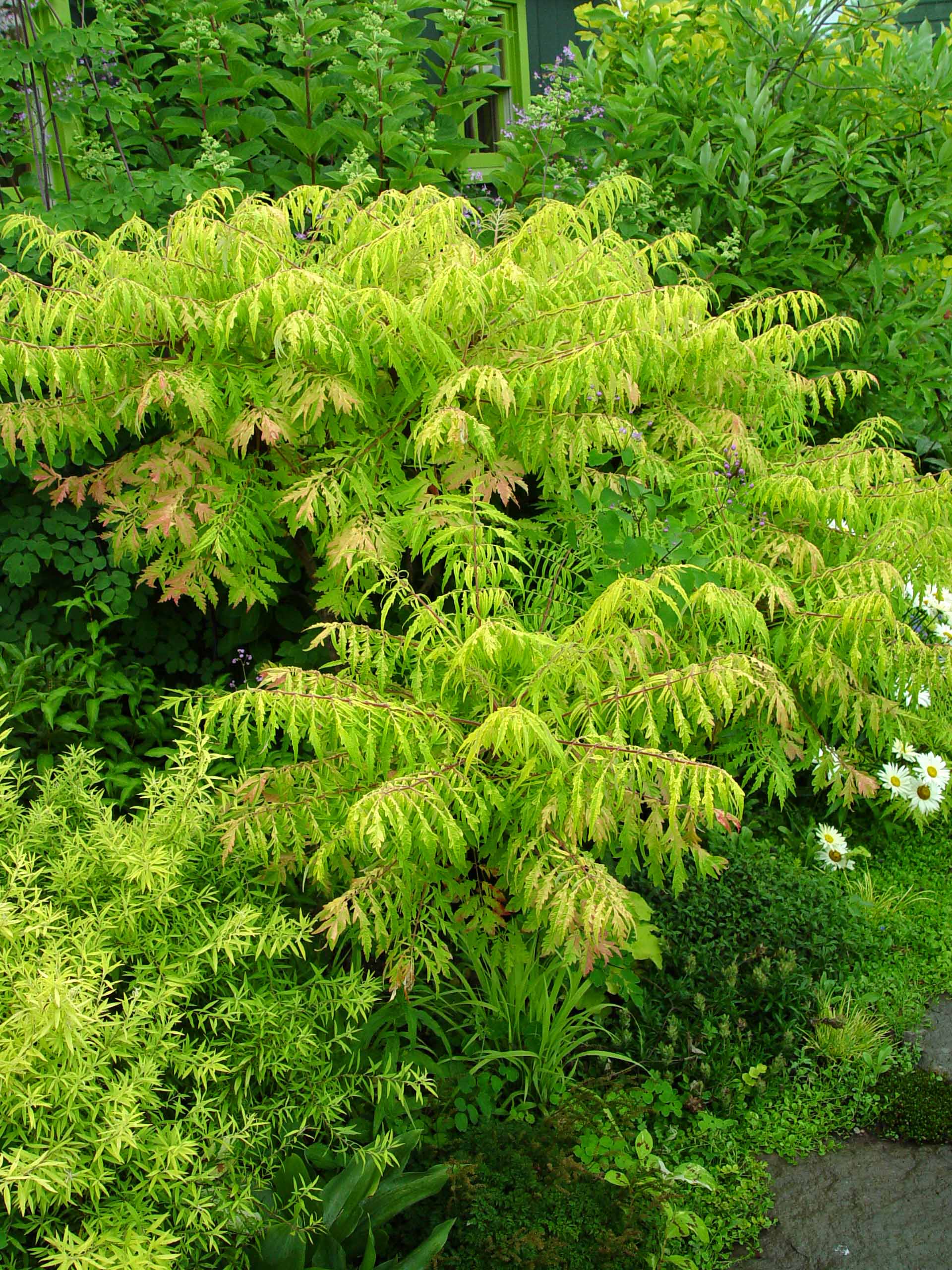is tiger eyes sumac poisonous
Yes some varieties are poisonous but many are not and its not difficult to distinguish them. TIGER EYES is a dwarf golden-leaved staghorn sumac cultivar that typically matures to only 6 tall and as wide.

Plant Profile Tiger Eyes Sumac
No reported toxicity to Birds.
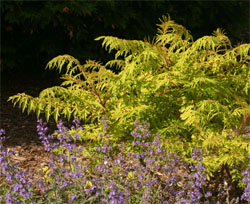
. Tiger Eyes Staghorn Sumac shrubs have chartreuse leaflets changing to yellow contrasting with pink stems. It lacks the teeth that the leaf edge of a Rogers flower Rodgersia has for example. The best way to identify both of these plants is by the clusters of BB-sized white berries that persist on the plants for much of the season.
Name Rhus typhina Family Anacardiaceae Type shrub. Is Tiger Eyes Sumac Poisonous There is no reason to pass up the great fall color of nonpoisonous sumac simply because they have sumac in their common name. The Rhus typhina Tiger Eyes is a large shrub with more of a tree-like appearance and will reach 10 to 12 feet tall.
The edge or margin of poison sumac s leaflet is considered entire in plant-identification terminology and it displays a midrib of a lighter color. You will not find poison sumac growing up on high dry hillsides where non-poisonous ornamental kinds typically grow. Is Tiger Eyes Sumac Poisonous - It is considered to be a superior landscape plant to laciniata as well as to the species rhus.
Tiger Eyes showed up as a mutation sport off of a row of Dissecta the old green cut-leafed selection of staghorn sumac that was originally selected by a Massachusetts nurseryman in the late. Its found very appealing for its fuzzy red fruit clusters but sometimes becomes. The Sweet Sumac grows from seven to 30 feet tall and is hardy in zones 7 to 11.
Tiger Eyes sumac was first selected in July of 1985 in a Minnesota nursery by Steven Jorgensen a then new employee of Bailey Nursery Company. Rhus Tiger Eyes has no toxic effects reported. Water the Tiger Eyes shrubs to a depth of about 6 inches during their first two or three growing seasons whenever the top 3 inches of soil around the base of each plant dries.
Staghorn sumac also called vinegar sumac is a short tree that grows in a roundish shape. This low-growing variety has plump pink berries and is drought-tolerant. It is all due to the chemical urushiol which is present in both Poison Ivy and Poison Sumac.
Staghorn sumac tiger eyes botanical name. The Tiger Eyes staghorn sumac R. Foliage deciduous Flowering June to August.
Feature the Tiger Eyes Sumac as a specimen plant or as part of a landscape or used to create a vibrant hedge. Tiger Eyes has no significant pest problems. It was discovered in a cultivated nursery setting in July of 1985 as a whole plant mutation of R.
No reported toxicity to. The tree style is. The Tiger Eyes Sumac is an excellent and superior landscape shrub because of its unique yellow leaves and dwarf size.
Height 16 feet 5 m Exposure full sun Soil ordinary. Poison sumac is far more potent than either poison oak or poison ivy and is sometimes identified. Tiger Eyes shrubs tolerate drought only after they are established in their location.
Avoid wetting the shrubs leaves especially in evening. Some such as the Tiger Eye Sumac pictured below even resemble the lacy leaves of a Japanese maple tree. Poisonous sumac contains oils that cause blisters and itching when they come into contact with the skin.
Typhina Bailtiger Tiger Eyes cultivar provides year-round color in US. High-end restaurants are gathering and using sumac in their dishes. It does sucker a bit but not nearly as much as the larger form of sumac.
The canopy can spread 12 to 15 feet so feature this plant in an area that can accommodate the size. Not only is it organic and healthy but we can forage certain varieties for snacks meals drinks and spices. The rash may take a day or two to develop.
This can be done in late winter when you can see the shrubs form clearly. A leaf margin that is entire is smooth. It is considered to be a superior landscape plant to Laciniata as well as to the species Rhus.
While these rashes are not serious they can be. Contact with plant tissues especially when in active growth can cause a painful rash that can last for weeks. This deciduous shrub is treasured for its.
List of key staghorn tree facts. Why is it so dangerous. Tiger Eyes is a medium-sized shrub with striking color and interesting form.
It is a very showy shrub with striking orange and scarlet fall color. Several Great Choices The most popular sumacs for landscape use are winged staghorn and smooth sumac either the native wild species or specially-bred cultivated varieties such as the golden leaf Tiger Eye sumac. While the Sweet Sumac is native to southern California it can also be found in Arizona and Baja.
You also may need to prune it to maintain the desired shape. The non-poisonous variant the Tiger Eye Sumac resembles the lacy Japanese maple tree. Continue to 2 of 13 below.
Department of Agriculture plant hardiness zones 4.

Tiger Eyes Staghorn Sumac Rhus Typhina Wisconsin Horticulture

Tiger Eyes Cutleaf Staghorn Sumac Johnson S Gardens Cedarburg Wi
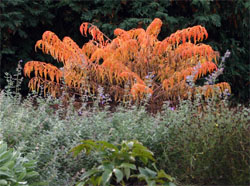
Tiger Eyes Staghorn Sumac Rhus Typhina Wisconsin Horticulture
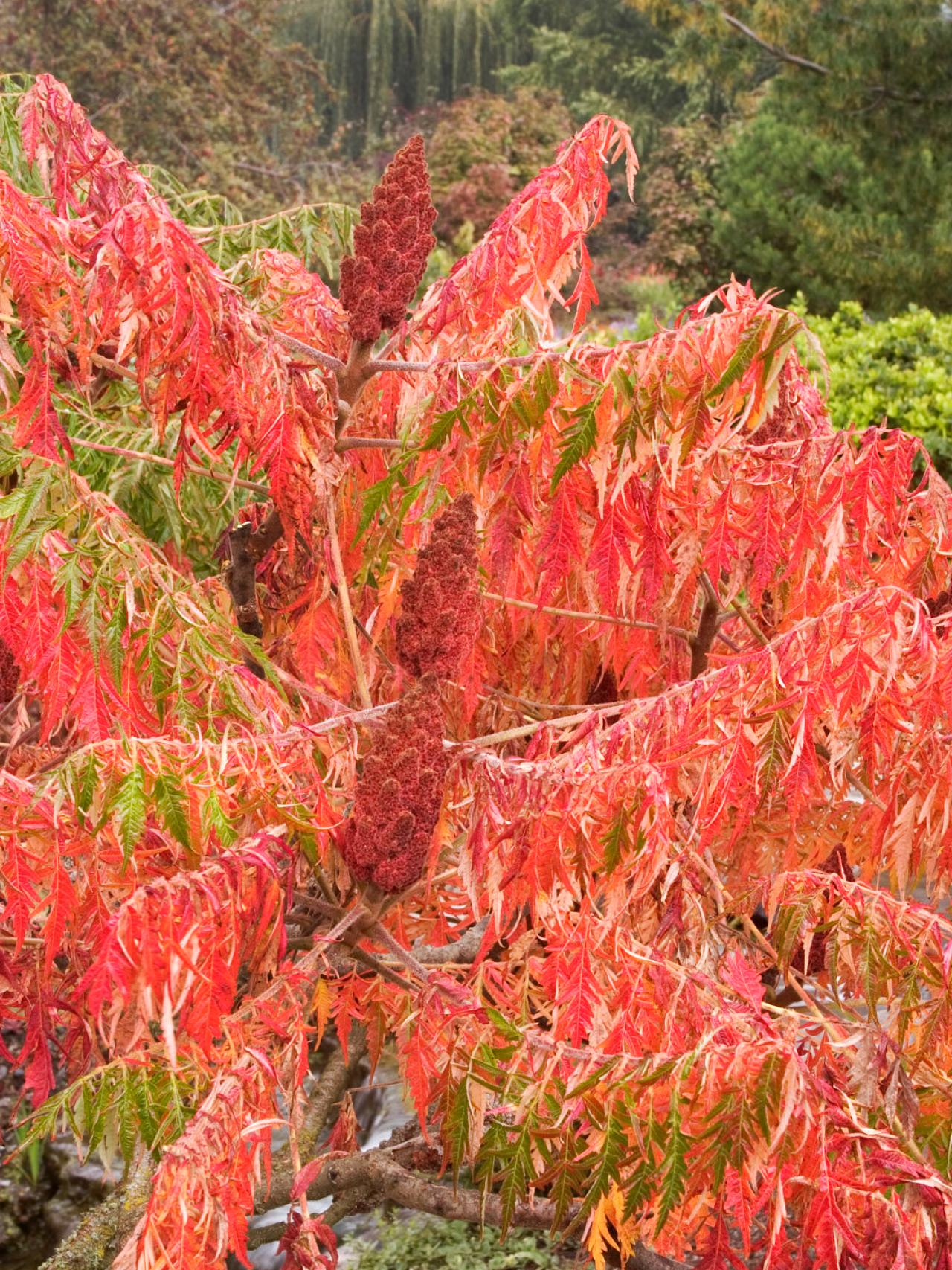
Sumac Trees Are Unsung Garden Trees Hgtv

Rhus Typhina Tiger Eyes Bbc Gardeners World Magazine

Tiger Eyes Staghorn Sumac Because It Is Very Invasive Use A Deep Bamboo Root Barrier When Used As A Backyard Landscaping Lawn And Landscape Home Landscaping
Tiger Eyes Sumac Far Less Aggressive What Grows There Hugh Conlon Horticulturalist Professor Lecturer And Gardener
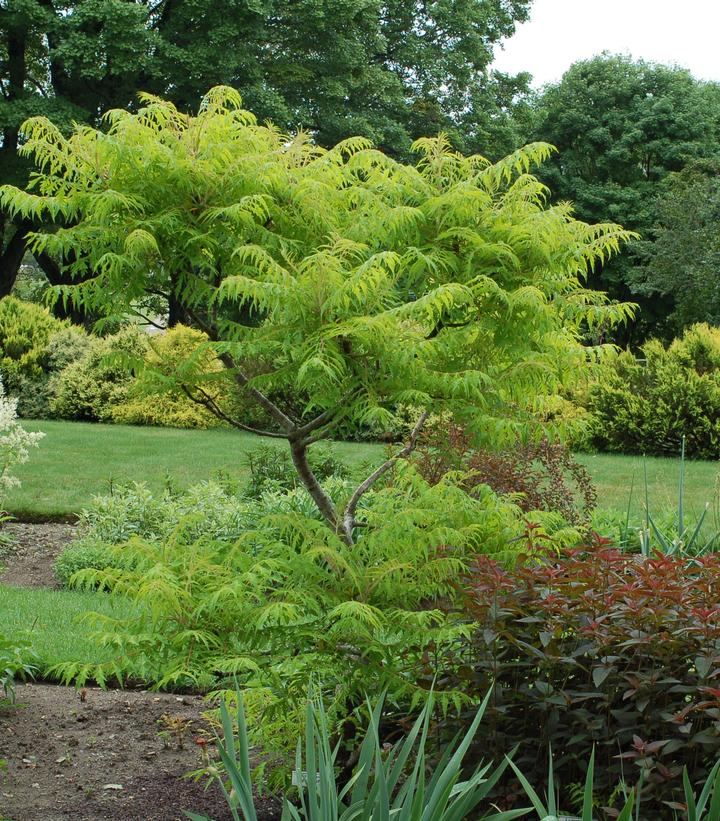
Rhus Typhina Tiger Eyes Tiger Eyes Sumac From Prides Corner Farms

Tiger Eyes Cutleaf Staghorn Sumac Johnson S Gardens Cedarburg Wi
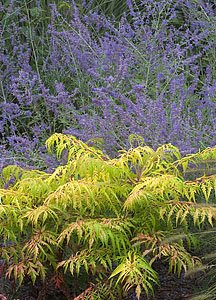
Country Gardener Gold Medal Plant Tiger Eyes Sumac

Tiger Eyes Sumac Watson S Recommends Youtube

A Sumac For All Seasons Knecht S Nurseries Landscaping

Poison Sumac How To Identify It And What To Do If You Ve Been Exposed Dave S Garden

A Sumac For All Seasons Knecht S Nurseries Landscaping
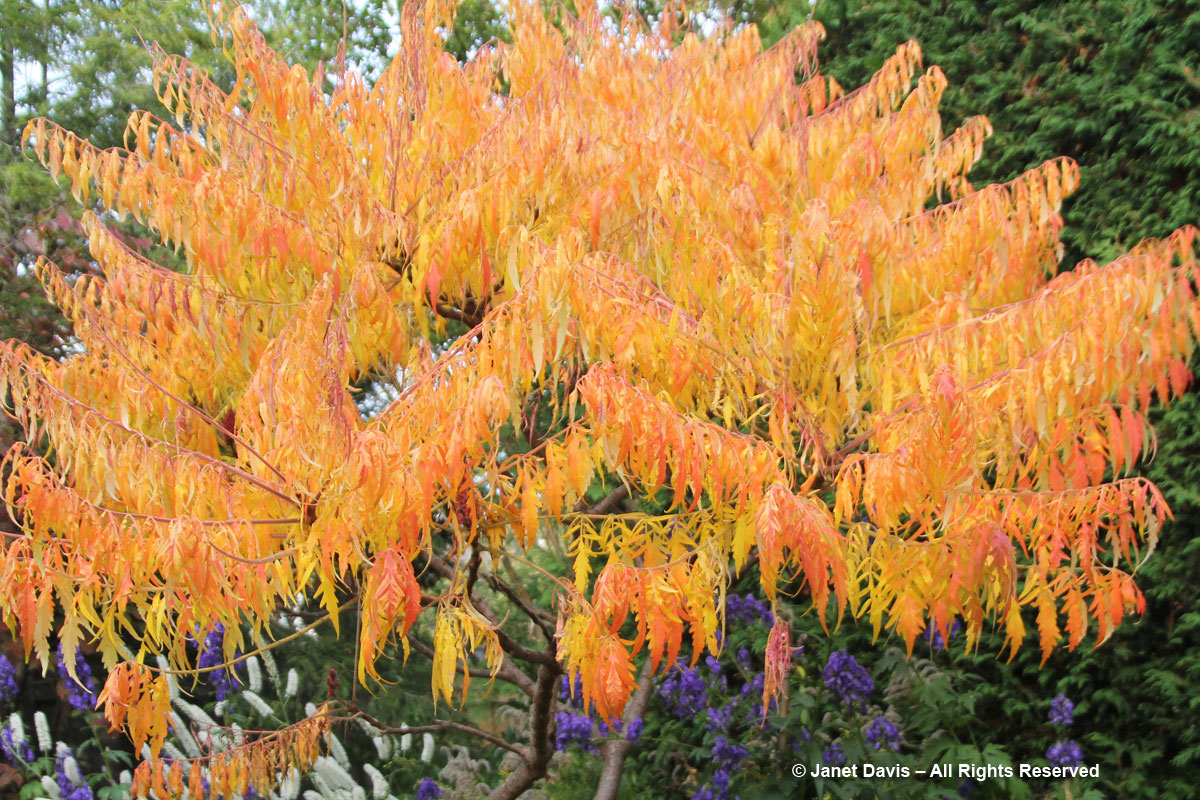
October 2017 Janet Davis Explores Colour

Sumac Trees Eschmidt Pa Bonsai

